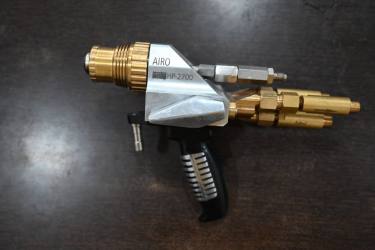
The abbreviation HVOF means "High-Velocity Oxygen Fuel." It is a method of hvof thermal spray coating used to apply functional and protective coatings to a variety of surfaces, most frequently metals, ceramics, and composites. Using a high-velocity jet of combustion gases and powdered coating ingredients, the HVOF method produces a coating that is firmly adhered to the substrate material. To guarantee appropriate adherence to the coating, the substrate surface is cleaned and prepped. Typically, the coating material is in the form of powdered feedstock.
Combustion: The combustion chamber ignites a combination of fuel gas (often hydrogen or a hydrocarbon) and oxygen. This causes a hot gas jet to travel at a high speed.
Acceleration: Through a nozzle that has been specially made, the hot gases leave the combustion chamber. When the powder feedstock is fed into this jet of gases, the powder particles are propelled to extremely high speeds because of the gases' high velocity.
Impact and Deposition: The high-speed powder particles in powder feeder have a considerable kinetic energy impact on the substrate surface. The powder particles are deformed and bonded to the substrate as a result of this collision, creating a thick and firmly adherent layer.
Cooling and Solidification: As the high-temperature particles interact with the coated substrate, the coated substrate rapidly cools, which causes the coating to solidify.
High-Density Coatings: Because of the high impact velocities of the particles, coatings become dense and tightly bonded, enhancing adhesion and durability. Low Oxidation: Although fuel gas and oxygen are employed in the process, the coating material doesn't become too oxidized because of the high particle velocities. Since HVOF coating have a thicker microstructure and less porosity, they frequently have higher mechanical properties.
Minimal Heat Impact: Since less heat is supplied to the substrate as a result of the particles' high velocities, there is less risk of thermal damage. Several industries, including oil and gas, manufacturing, aviation, and vehicles, employ HVOF coatings. They provide protection from abrasion, corrosion, wear, and extreme temperatures. The type of coating material to employ depends on the specific requirements of the application. The thermal spray coating made of HVOF (High-Velocity Oxygen Fuel) has a number of unique advantages that make it a top choice for a variety of industrial applications.